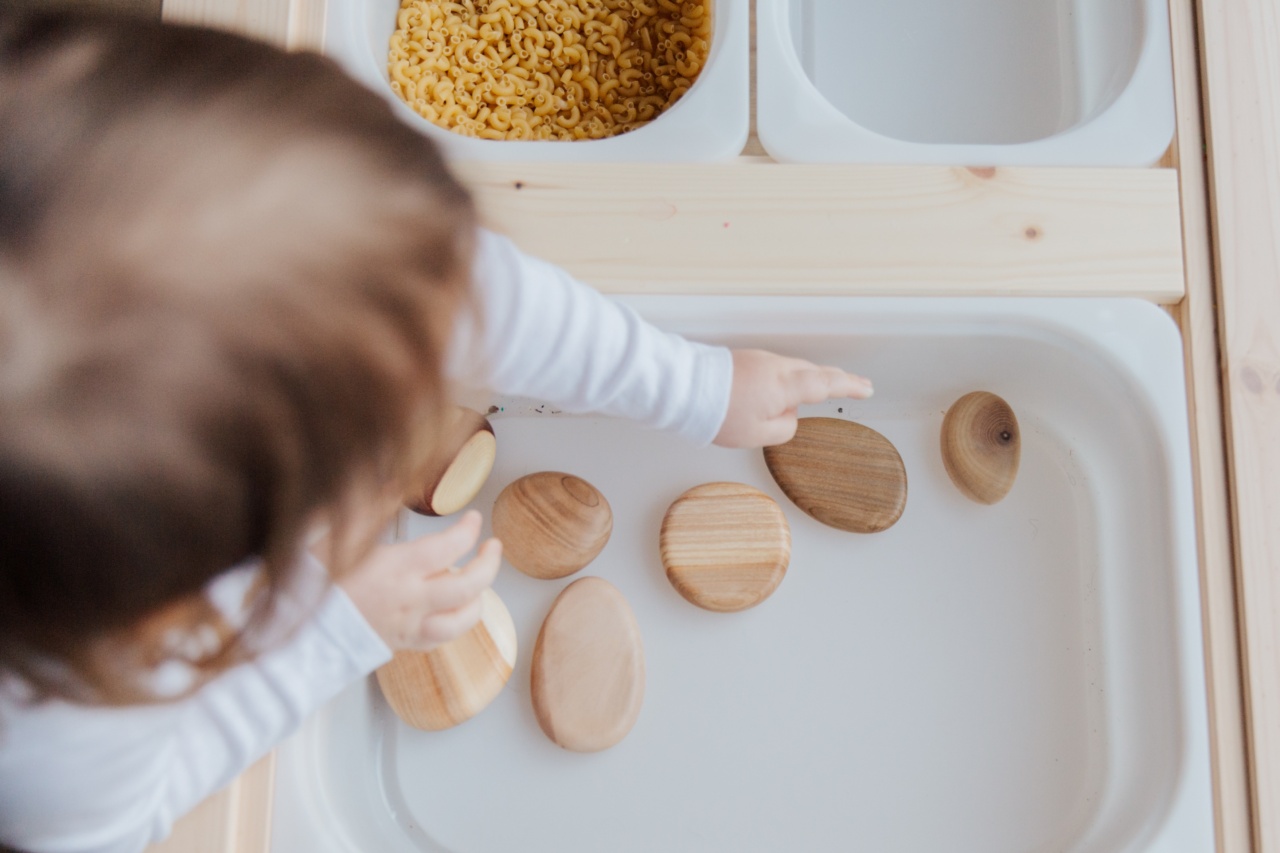Baby harnessing is a practice that has gained popularity among parents in recent years. These harnesses are designed to help parents keep their babies safe and secure while allowing freedom of movement.
However, there is a growing concern that excessive use of baby harnesses may delay a child’s physical and cognitive development. In this article, we will explore the possible effects of baby harnessing on child development and analyze the arguments for and against this practice.
The Purpose of Baby Harnessing
Baby harnesses are primarily used by parents to keep their babies safe in various situations. They come in different forms, such as baby carriers, strollers, and baby leashes.
The intention behind using these products is to provide parents with a convenient way of carrying their baby while having their hands free to do other tasks or to prevent a child from running away in crowded places. Baby harnesses are particularly popular among busy parents who need to juggle multiple responsibilities.
Potential Benefits of Baby Harnessing
Advocates argue that baby harnessing provides several benefits. Firstly, it allows parents to maintain physical closeness with their babies, promoting bonding and emotional connection.
Secondly, it offers a safe and secure environment for babies, reducing the risk of accidents or injuries. Thirdly, it can provide a sense of independence and exploration for toddlers who are just starting to walk. Lastly, baby harnesses can be a practical solution for parents who have multiple children and need to keep an eye on all of them simultaneously.
Concerns about Delayed Development
While baby harnessing may have its advantages, some experts and parents raise concerns about potential negative effects on a child’s development. One major concern revolves around the impact on physical development.
Critics argue that excessive use of baby harnesses can restrict a child’s natural movement and hinder the development of essential motor skills, such as crawling, walking, and balance. They believe that babies need ample opportunities to explore their environment freely in order to develop these skills at their own pace.
Motor Skills Development
Motor skills, both gross and fine, play a crucial role in a child’s development. Gross motor skills involve larger muscle groups and are essential for activities like crawling, walking, and jumping.
On the other hand, fine motor skills involve smaller muscle groups and are necessary for tasks such as picking up small objects, holding utensils, and writing. Experts argue that prolonged use of baby harnesses can limit the opportunities for babies to practice and develop these skills in a natural environment.
Cognitive Development
Apart from physical development, some studies suggest that baby harnessing may also have an impact on cognitive development.
The cognitive abilities of babies and toddlers are stimulated by their interaction with the environment through exploration and play. When their movements are restricted by a harness, they may miss out on valuable experiences that contribute to their cognitive growth. Being able to freely explore the surroundings fosters curiosity, problem-solving skills, and spatial awareness.
Alternative Approaches
Critics of baby harnessing propose alternative approaches to ensure both safety and development. One approach is using a baby carrier that allows the child to be in close physical contact with the parent while still providing freedom of movement.
This way, the child can explore their surroundings and actively participate in social interactions, which are crucial for their emotional and cognitive development. Another alternative is to create safer environments for exploration at home, such as childproofing the living space to minimize hazards while giving the child room to roam freely.
The Role of Parental Supervision
Proponents of baby harnessing argue that appropriate usage, combined with plenty of parental supervision and interaction, can diminish any potential negative effects on a child’s development.
They assert that baby harnesses should be seen as temporary safety tools rather than long-term solutions. By offering a balance between independence and support, parents can actively engage with their child, stimulate their development, and ensure a safe environment at the same time.
Conclusion
In conclusion, baby harnessing is a practice that elicits mixed opinions. While it provides convenience and safety for parents, concerns about delayed development have also emerged.
The restriction of movement and limited exploration opportunities may hinder a child’s physical and cognitive development. However, with proper usage and parental supervision, these potential negative effects can be minimized.
Ultimately, parents should consider alternative approaches that strike a balance between safety and fostering optimal development for their children.




























